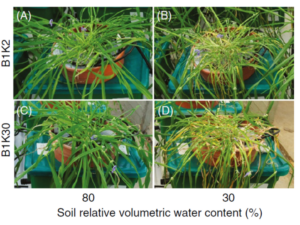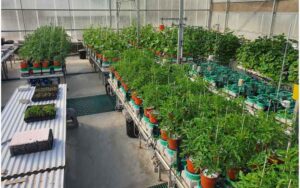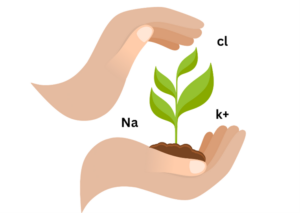Plant response to water stress is an important area of study in the field of plant physiology and agriculture. Water stress occurs when the demand for water by plants exceeds the available water in the soil. This can happen due to various factors such as drought, salinity, or poor irrigation practices. When plants experience water stress, they undergo a series of physiological and biochemical changes to cope with the adverse conditions and survive. Understanding these responses is essential for developing strategies to improve crop resilience and productivity in water-limited environments.
Water is a fundamental requirement for plant growth and development. It plays a crucial role in various physiological processes, including photosynthesis, transpiration, nutrient uptake, and cell expansion. However, in many regions around the world, water availability is limited, either due to natural conditions such as aridity or human activities like overexploitation of water resources. As a result, plants often encounter water stress, which negatively impacts their growth, yield, and overall performance.
What Are the Physiological Responses to Water Stress?
Stomatal Closure – One of the primary responses of plants to water stress is the closure of stomata, small pores on the leaf surface through which gases are exchanged with the environment. Stomatal closure reduces water loss through transpiration, helping plants conserve water during periods of drought or limited water availability. However, this response also reduces carbon dioxide uptake, which can inhibit photosynthesis.
Reduced Cell Expansion – Water stress inhibits cell expansion, leading to reduced leaf expansion, stem elongation, and overall plant growth. This is because turgor pressure, which maintains cell rigidity and supports growth, decreases under water stress conditions. As a result, plants may exhibit wilting and leaf curling.
Osmotic Adjustment – Plants undergoing water stress often accumulate solutes such as sugars, amino acids, and inorganic ions in their cells to maintain cellular osmotic potential. This process, known as osmotic adjustment, helps plants maintain turgor pressure and prevent cellular dehydration.
Metabolic Changes – Water stress induces metabolic changes in plants, including alterations in the synthesis and accumulation of various metabolites such as antioxidants, compatible solutes, and stress-responsive proteins. These changes help plants mitigate the harmful effects of reactive oxygen species (ROS) generated under stress conditions and maintain cellular homeostasis.
What are the Molecular Responses to Water Stress?
Gene Expression Regulation – Water stress triggers changes in gene expression patterns, leading to the upregulation or downregulation of specific genes involved in stress signaling, osmotic regulation, antioxidant defense, and other adaptive responses. Transcription factors such as DREB (dehydration-responsive element-binding protein) and bZIP (basic leucine zipper) play key roles in regulating the expression of stress-responsive genes and coordinating plant responses to water stress.
Hormonal Regulation – Plant hormones such as abscisic acid (ABA), ethylene, jasmonic acid (JA), and salicylic acid (SA) play crucial roles in mediating responses to water stress. ABA, in particular, acts as a central regulator of water stress responses by inducing stomatal closure, regulating gene expression, and promoting osmotic adjustment. Ethylene and JA are involved in signaling pathways that regulate stress tolerance, while SA is implicated in defense responses against biotic stressors.
ROS Signaling – Water stress leads to the accumulation of ROS, including superoxide radicals, hydrogen peroxide (H2O2), and hydroxyl radicals which can cause oxidative damage to cellular components. However, ROS also function as signaling molecules that trigger adaptive responses to stress. Plants employ various antioxidant defense mechanisms, including enzymes such as superoxide dismutase (SOD), catalase (CAT), and peroxidases, to detoxify ROS and maintain redox homeostasis.

What are the Morphological and Anatomical Adaptations of Plants to Water Stress?
Root Architecture – Under water stress conditions, plants may alter their root architecture to optimize water uptake from the soil. This can involve increasing root length, density, or depth to explore deeper soil layers with higher water availability. Additionally, plants may develop specialized root structures such as adventitious roots or root hairs to enhance water absorption efficiency.
Leaf Morphology – Water stress often induces changes in leaf morphology, such as reduced leaf size, thickness, and chlorophyll content. These morphological adaptations help reduce water loss through plant transpiration and minimize the surface area exposed to stressful environmental conditions. In some cases, plants may exhibit succulence, where leaves become thicker and fleshy to store water.
Xeromorphic Features – Plants adapted to water-limited environments often exhibit xeromorphic features, specialized anatomical structures that minimize water loss and maximize water retention. These features may include thick cuticles, sunken stomata, trichomes, and succulent tissues, which collectively contribute to drought tolerance and survival in arid or semi-arid habitats.
What Are the Strategies to Enhance Plant Tolerance to Water Stress?
Breeding for Drought Tolerance– Crop breeding programs aim to develop drought-tolerant varieties with improved water use efficiency, stress tolerance, and yield stability under water-limited conditions. Breeding strategies involve the identification and introgression of favorable alleles associated with drought tolerance traits, such as deep root systems, efficient stomatal regulation, osmotic adjustment, and enhanced ROS detoxification.
Agronomic Practices – Adoption of agronomic practices that conserve soil moisture and optimize water use efficiency can help mitigate the impact of water stress on crop productivity. These practices include mulching, conservation tillage, deficit irrigation, crop rotation, and intercropping, which promote soil water retention, minimize evaporation, and improve water distribution to plants.
Irrigation Management – Efficient irrigation management is essential for maximizing water productivity and minimizing water wastage in agricultural systems. Precision irrigation technologies such as drip irrigation, sprinkler systems, and soil moisture sensors enable farmers to deliver the right amount of water to crops at the right time and minimize losses due to runoff, evaporation, and deep percolation.
What are the consequences of water stress on plant growth and yield?
Yield Reduction – Water stress can significantly reduce crop yield by limiting photosynthesis, nutrient uptake, and reproductive development. Yield losses due to water stress vary depending on the severity, duration, and timing of stress during critical growth stages such as flowering and grain filling. Crops with shallow root systems or high-water demand are particularly susceptible to yield losses under water stress conditions.
Premature Senescence – Prolonged water stress can accelerate plant senescence, leading to premature yellowing and shedding of leaves, reduced canopy cover, and early cessation of growth. Premature senescence reduces the duration of photosynthetic activity and limits the accumulation of biomass and yield, further exacerbating yield losses in water-stressed crops.
Impaired Nutrient Uptake – Water stress can impair the uptake and translocation of essential nutrients in plants, leading to nutrient deficiencies and imbalances. Reduced water availability restricts the movement of nutrients in the soil solution and disrupts ion uptake by roots. Additionally, water stress-induced changes in root morphology and physiology can further compromise nutrient acquisition, exacerbating nutrient stress in plants.
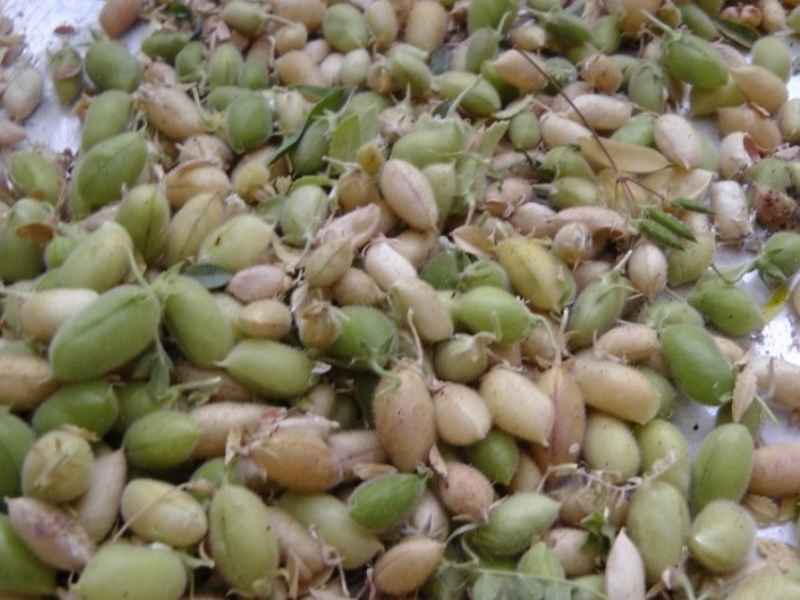
Is the PlantArray system can measure plant response to water stress?
Yes. Developed for over a decade, the PlantArray represents a significant advancement in plant physiology research by being a pioneer in the field of gravimetric phenotyping platforms.
This innovative system offers researchers a comprehensive tool for studying plant responses to various environmental stresses, including drought stress, with unparalleled accuracy and efficiency.
the PlantArray system created by Plant DitechPlant Ditech is a gravimetric platform designed to monitor and analyze the physiological responses of plants in real-time. Unlike traditional methods that rely on manual measurements or cumbersome setups, PlantArray automates data collection and analysis, providing researchers with precise and continuous insights into plant behavior.
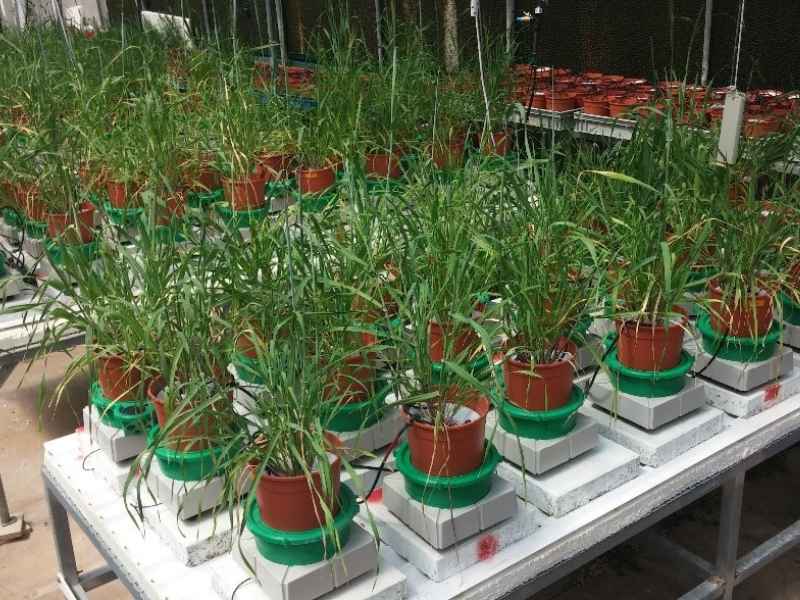
What are the key features of the PlantArray System?
High-Throughput Analysis – One of the primary advantages of the PlantArray system is its ability to simultaneously monitor multiple plants or experimental units in a high-throughput manner. Since the system is modular, it can handle a large number of plants, allowing researchers to conduct experiments with increased statistical power and efficiency.
Continuous Monitoring – PlantArray enables continuous monitoring of plant responses over extended periods, providing researchers with a comprehensive view of dynamic physiological processes. By collecting data every 3 minutes, the system captures responses to environmental stresses and allows for the detection of subtle changes in plant behavior over time.
Precision and Accuracy – PlantArray incorporates advanced sensors and precision weighing technology to ensure accurate measurement of plant weight. The system’s high-resolution sensors can detect minute changes in mass with exceptional sensitivity, enabling researchers to capture variations in plant behavior.
Automated Data Analysis – The SPAC software offers powerful tools for automated data analysis, simplifying the process of extracting meaningful insights from external and internal datasets. Researchers can customize analysis parameters, visualize results in real-time, and generate comprehensive reports with ease and by that accelerating scientific discoveries.
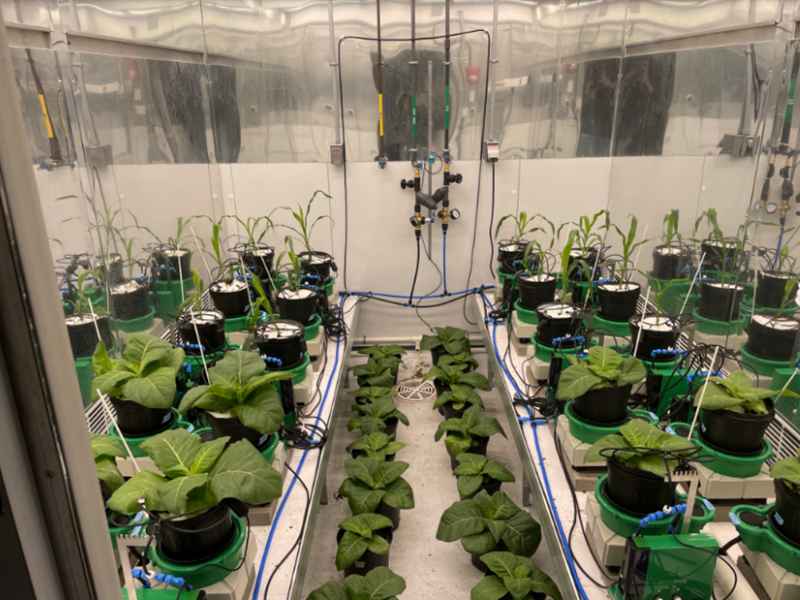
Understanding the multifaceted responses of plants to water stress, which encompass physiological, biochemical, molecular, morphological, and anatomical adaptations, is crucial for developing strategies to enhance crop tolerance and ensure food security in a changing climate. By delving into these mechanisms and leveraging advancements in genetics, biotechnology, and agronomy, researchers can contribute to the development of resilient crop varieties and sustainable agricultural practices. The assistance of tools like the PlantArray further facilitates this endeavor, offering insights into plant-water interactions and aiding in the creation of innovative solutions to mitigate the adverse effects of water stress on global food production.


